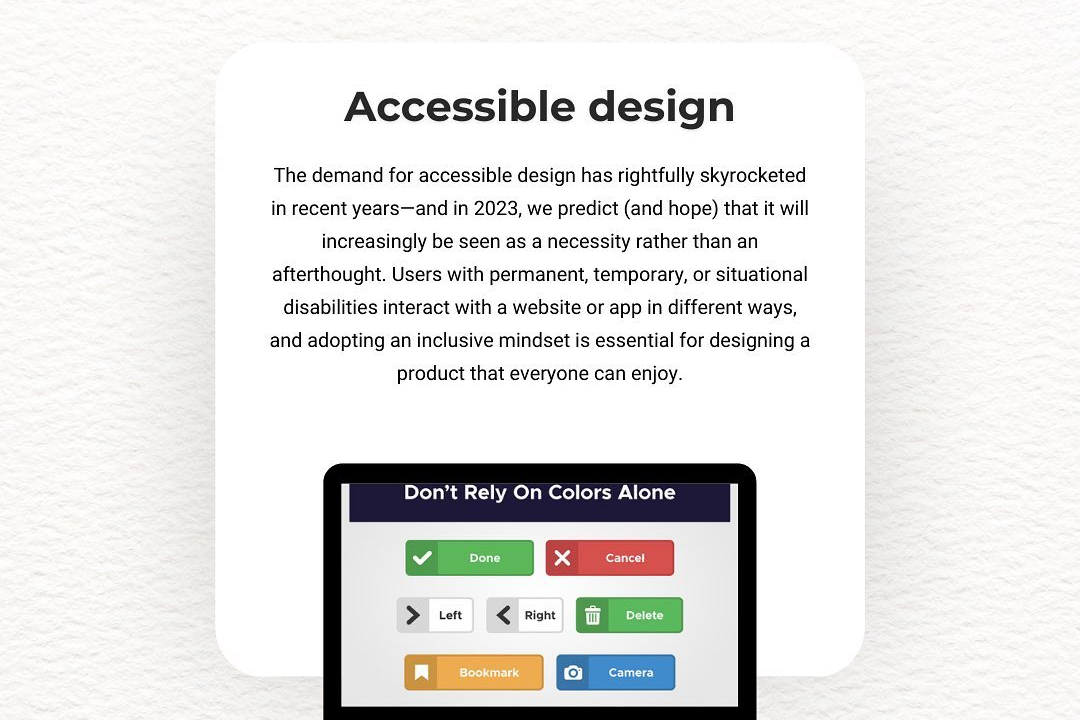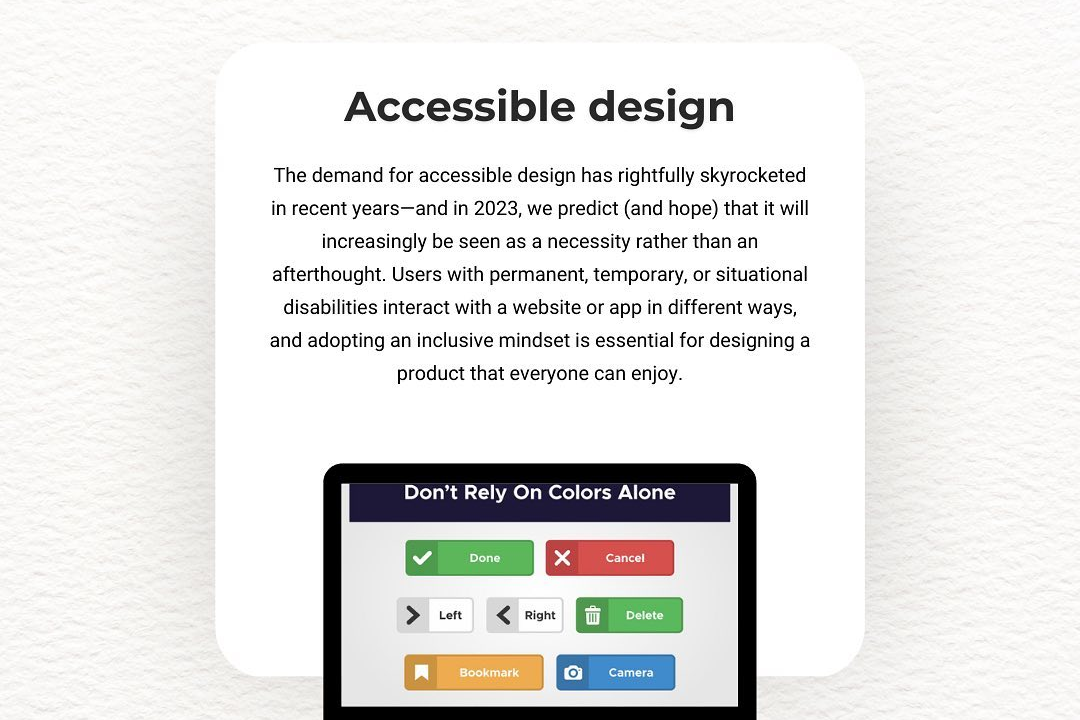SwiftUI Layout System
Understanding the SwiftUI Layout System
SwiftUI Layout System
SwiftUI's layout system is declarative and designed to create flexible user interfaces by leveraging a hierarchy of views that automatically adapt to various conditions. It utilizes a combination of view modifiers and layout containers, such as VStack, HStack, and ZStack, to arrange views in a spatial relationship. SwiftUI operates on a ‘view body’ concept, where developers define views as computed properties, ensuring that they react to changes in state and environment effortlessly. The system employs a two-pass layout process: the first pass calculates the size of each view based on their content and constraints, while the second pass positions them according to their parent containers. This flexible approach enables developers to build responsive designs that work across different screen sizes and orientations with minimal effort.
To Download Our Brochure: https://www.justacademy.co/download-brochure-for-free
Message us for more information: +91 9987184296
1 - Declarative Syntax: SwiftUI uses a declarative syntax, allowing developers to describe what the user interface should look like rather than how to implement it. This simplifies the process of creating complex layouts.
2) Views as Functions: In SwiftUI, views are essentially functions of data. When the state of your data changes, SwiftUI automatically updates the UI to reflect those changes, helping to keep the UI and data in sync.
3) View Composition: SwiftUI encourages the composition of views. You can create smaller, reusable components and compose them into larger layouts, which improves code readability and manageability.
4) Flexible Layouts: SwiftUI includes flexible layout options such as `HStack`, `VStack`, and `ZStack`. These allow developers to easily arrange views horizontally, vertically, or in layers.
5) Alignment and Spacing: SwiftUI provides powerful alignment and spacing options for layout groups. Developers can set alignment guides and spacing to achieve precise control over how views are positioned relative to each other.
6) Geometry Reader: The `GeometryReader` allows developers to create responsive layouts that adapt to the available space, providing access to the size and position of views dynamically.
7) Stack Hierarchies: Stack based layouts can be nested within each other to create complex hierarchies. Each stack is responsible for arranging its child views, simplifying the layout logic.
8) Modifiers for Styling: SwiftUI has a rich set of modifiers (like `.padding()`, `.background()`, `.cornerRadius()`) that can be applied directly to views, allowing for easy and fluid customization of view properties.
9) Adaptive Layout: The SwiftUI layout system is built to be adaptive, adjusting automatically across different devices and orientations. This minimizes the need for separate layouts for different screen sizes.
10) Preview Interface: SwiftUI provides a live preview feature in Xcode that allows developers to see changes in real time as they modify the UI code, facilitating a smoother design process.
11) Environment Values: SwiftUI includes environment values, which are a way to pass data implicitly through the view hierarchy. This allows for context specific customization without prop drilling.
12) Dynamic Type Support: SwiftUI supports dynamic type, which means that layouts automatically adjust based on the user’s accessibility settings, helping to create inclusive applications.
13) State Management: SwiftUI leverages state properties, such as `@State`, `@Binding`, and `@ObservedObject`, to manage view states robustly. The layout responds automatically to changes in state.
14) Custom Layouts: Developers can create custom layouts by implementing the `Layout` protocol, giving them control over how child views are arranged and sized within a custom view.
15) Animation Integration: The SwiftUI layout system seamlessly integrates with animation APIs, allowing developers to create fluid, animated transitions between different view states easily.
16) Compositional Layouts: SwiftUI supports compositional layouts, where views can be created in a modular fashion and combined, offering significant flexibility in layout design.
17) Conditional Layouts: SwiftUI allows developers to use control flow statements (like `if` and `switch`) to conditionally create and display different layouts based on the current application state.
By understanding these points, students can gain insight into the powerful features and flexibility of SwiftUI's layout system, positioning them well for developing modern iOS applications.
Browse our course links : https://www.justacademy.co/all-courses
To Join our FREE DEMO Session: Click Here
Contact Us for more info:
- Message us on Whatsapp: +91 9987184296
- Email id: info@justacademy.co












